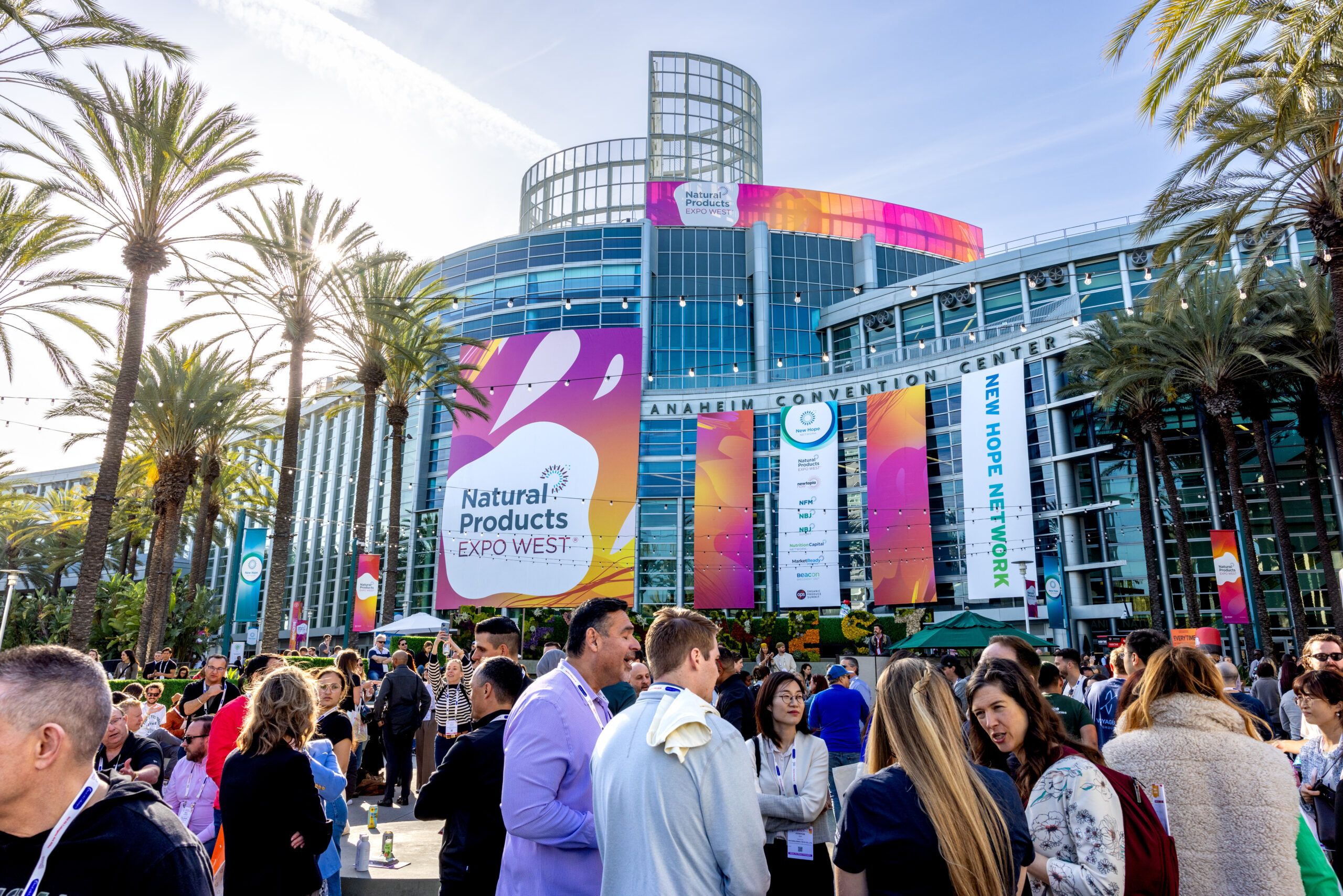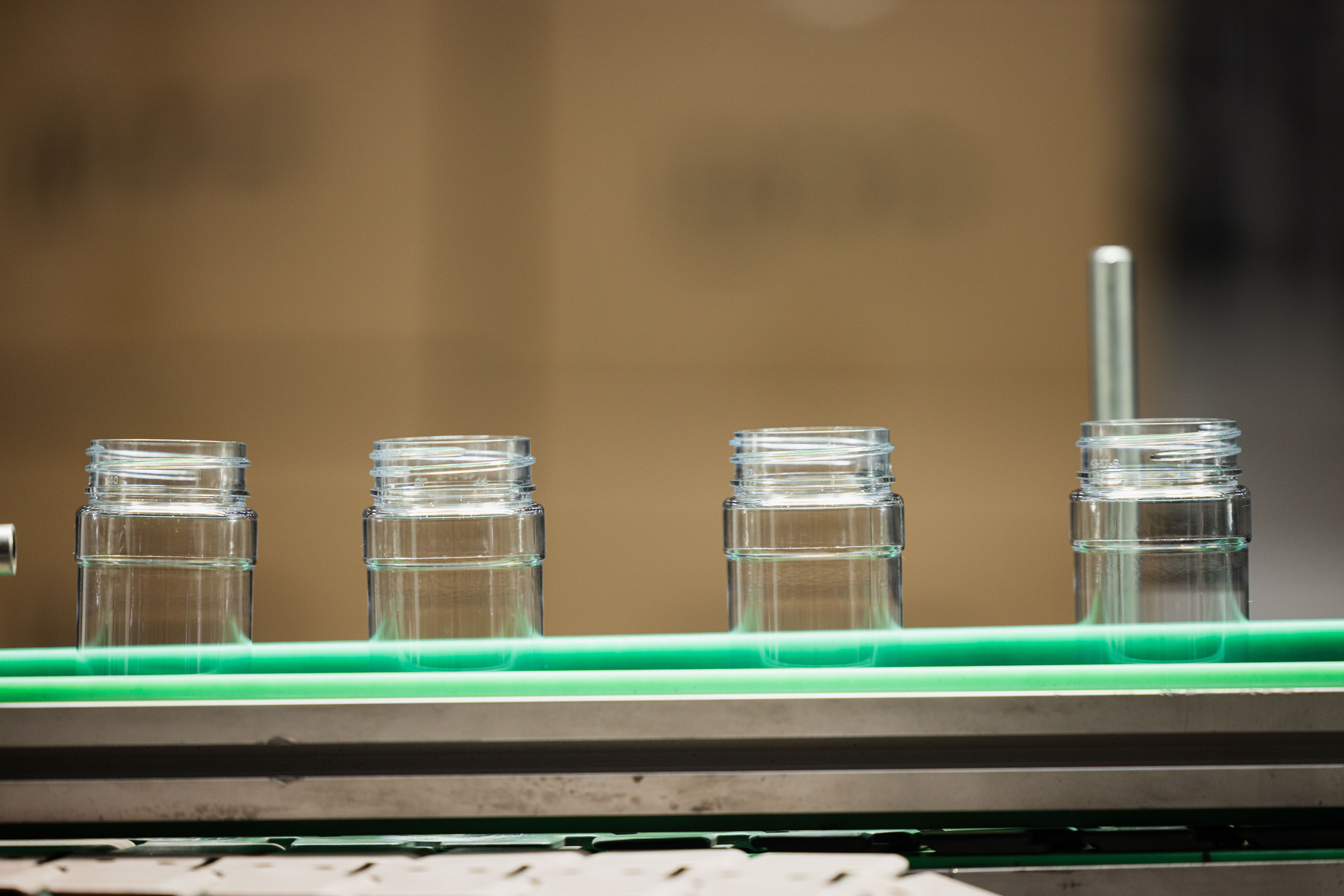Answers to Some of the Most Frequently Asked Questions About Peanut Butter
As we’ve mentioned before, we here at Plascene have an abiding love of peanut butter. Rather than stand around and inflict our peanut butter knowledge on unsuspecting strangers at the grocery store, we’ve decided to gather up a list of frequently asked questions and do our best to answer them. So read on and prepare to have a dollop of peanut butter knowledge dropped on you.
How many kinds of peanut butter are there?
There are basically three types of peanut butter available on your grocery store shelves:
Crunchy/chunky peanut butter is typically ground once, leaving behind small bits of crunchy peanut in the mix for added flavor and texture.
Creamy/smooth peanut butter is ground an extra time to remove any remaining bits of peanut, leaving only a creamy spread.
Natural/organic peanut butter is made from peanuts grown without pesticides. Most organic peanut butters are made without sugar, salt, or preservatives (although you should check the label to be sure).
Why is most peanut butter sold in plastic jars?
Prior to 1988, glass jars were the industry standard for peanut butter. However, Peter Pan, Jif and Skippy all kicked off the plastic trend when they started packaging their peanut butter in
polyethylene terephthalate (PET) jars.
Environmentally and financially, it was a smart choice for the peanut butter companies. The plastic packaging was sustainable, as well as cheaper to produce and transport. And parents? Well, they were delighted that they no longer had to worry about their kids shattering glass when making peanut butter sandwiches.
What’s the shelf life of peanut butter?
Generally speaking, you can store peanut butter in your pantry for 6-9 months (unopened) and 2-3 months (opened). However, you should always check the “Best By” date on the lid and avoid using the peanut butter after that date.
Why does that pool of liquid show up on top of peanut butter?
When the peanuts are ground into peanut butter, they release their oils (which make the peanut butter creamy). However, if peanut butter sits at room temperature for a while, those oils will separate and rise to the top to form a small pool.While you may be tempted to pour that oil off, but that’ll leave you with a dried-out peanut butter. Stirring the oil back in is a good option but can be a lot of work.
Your best bet for preventing that pool on top is to simply store your peanut butter jar upside down. This will cause the oil to “rise” to the bottom. Then, when you’re ready to eat, just flip the jar over and spread to your heart’s content.
Should you refrigerate peanut butter?
There are pros and cons to keeping your peanut butter refrigerated. On the plus side, the cold temperature will ensure that your peanut butter lasts longer and will keep the oils from separating. On the downside, it makes the peanut butter so much harder to spread!
Unless you live in a particularly hot climate, simply storing your peanut butter in a cool, dark pantry (and keeping the lid closed tightly) should be enough to keep your peanut butter fresh until its “Best By” date.
Note:
Some organic peanut butters may require refrigeration after opening. If you’re not sure, check the label.
Does peanut butter really leach chemicals from plastic jars?
That depends on the plastic. Many polycarbonate plastics contain bisphenol A (BPA), an industrial chemical that has been known to seep into foods. HOWEVER, the vast majority of peanut butter is sold in jars made of polyethylene terephthalate (PET), which is BPA-free and FDA-approved for food contact.
For more information on food-safe plastics, check out our blog post:
Which Plastics Are FDA Compliant for Food Storage?
Is peanut butter gluten-free?
Gluten is typically found in grains such as wheat, barley, and rye. Since most store-bought brands of peanut butter are made from peanuts, vegetable oils, salt, and sweetener, they are gluten-free.
However, there are some novelty peanut butters out there with added ingredients (such as cookie chunks or pretzels) that do include wheat-based flour. Also, if the peanut butter is processed in a facility that also processes wheat, it could be cross-contaminated with gluten.
So odds are your favorite brand of peanut butter is gluten-free. But you should aways read the label to make sure.
Is peanut butter a healthy food?
An estimated 1-3% of people worldwide are allergic to peanuts, so the answer for them would be a resounding NO. For everyone else, consider the following:
Peanut butter is high in protein, low in carbs, and contains a lot of healthy nutrients, such as vitamin E, vitamin B6, magnesium, iron, and selenium. The peanuts themselves are an excellent source of unsaturated fats, which help you manage your LDL (bad) cholesterol.
That said, many commercial brands of peanut butter also contain sugar and trans fats, which can be harmful in large quantities. It also tends to be high in calories.
So, if eaten in moderation, peanut butter can be part of a healthy diet.
What’s the best way to get the last bit of peanut butter out of a nearly-empty jar?
No matter how much you scoop and scrape, there always seems to be a fair amount of peanut butter left in the jar. Rather than throw it away, some folks have suggested simply
using the nearly empty jar to make hot cocoa, soy sauce dressing, or an ice cream sundae (all of which taste great with the peanut butter remnants). A few folks have suggested
slicing the jar in half (which, full disclosure, only works with plastic jars).
However, a TikTok user named @equivocal_intuition seems to have come up with the best (and most fun) solution. Although the original video is no longer available, another TikTok user named @shopsplat was
willing to demonstrate the process. You simply set the jar on its side and give it a few forceful spins to drive the peanut butter to the top.
Just make sure the lid is screwed on tight, otherwise you may find yourself scraping peanut butter off the floor, walls, and furniture!
References
“What Are the Different Types of Peanut Butter” –
DelightedCooking“What Is the Shelf Life of Peanut Butter?” –
AskUSDA“Is Peanut Butter Gluten-Free?” –
Beyond Celiac“What Is BPA, and What Are the Concerns About BPA?” –
Mayo Clinic“Why Oil Collects at the Top of Some Peanut-Butter Jars—and How to Prevent It” –
Business Insider“Does Peanut Butter Go Bad?” –
Healthline“Try This Peanut Butter Hack from TikTok” –
Today

Plascene Shaping the Future at Natural Products Expo West 2026

Kicking Off 2026 in Style: Plascene to Exhibit at the Reimagined Winter FancyFaire in San Diego





